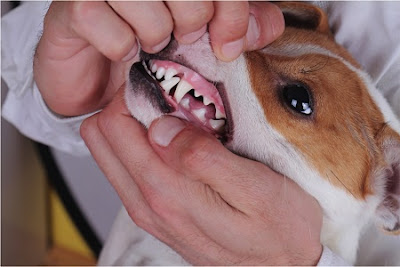Dental disease in
pet cats and dogs is more than just plaque, tartar, and tooth loss. It also
involves infection, pain, and inflammation which, when left untreated can
possibly lead to serious problems in the heart, liver, and kidney as pathogens
from the mouth reach major body organs via the bloodstream.
If a cat or dog is
found to be suffering from tooth and gum problems, a veterinarian have several
treatment options to choose from depending on the existing problem and its
severity, as well as the health status of the patient. These options include
the following:
Dental prophylaxis
The procedure
involves placing a cat or dog under general anesthesia so the mouth and its
associated structures can be examined thoroughly, any plaque and tartar
removed, sealants may be applied if needed, etc.
Periodontal surgery
This may be
necessary when there are deeper than normal periodontal pockets around the
animal’s teeth. There is a need to keep the tooth root surface smooth and clean
to encourage reattachment of gum tissue. There may be a need to make a
periodontal flap so all affected parts of a tooth can be accessed. In severe
cases, bone grafts may be necessary.
Tooth extraction
Teeth that are
severely compromised need to be removed if the vet thinks this is the only way
to cure advanced or severe cases of periodontal disease.
Home care
The most important
way to keep your pet’s teeth healthy is to provide regular home dental care.
Ideally, brushing of your pet’s teeth should be done everyday.
Your pet will
benefit from regular wellness checks and dental visits at your pet clinic
Scottsdale, AZ.

